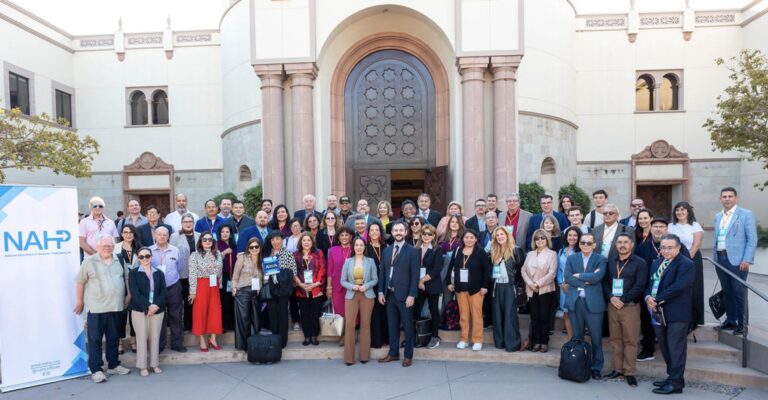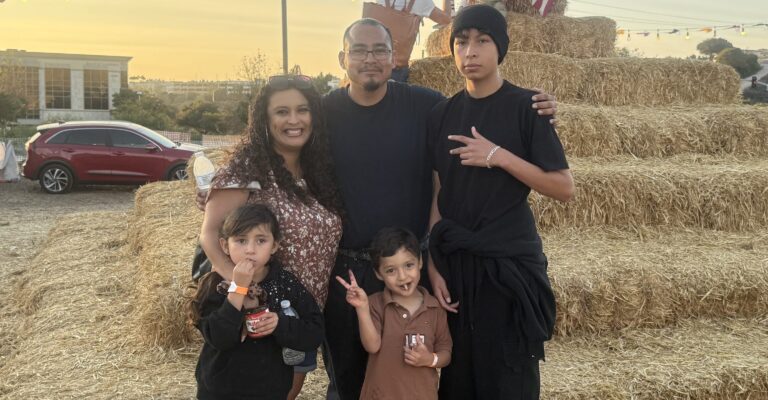By Beatriz “Bea” Palmer
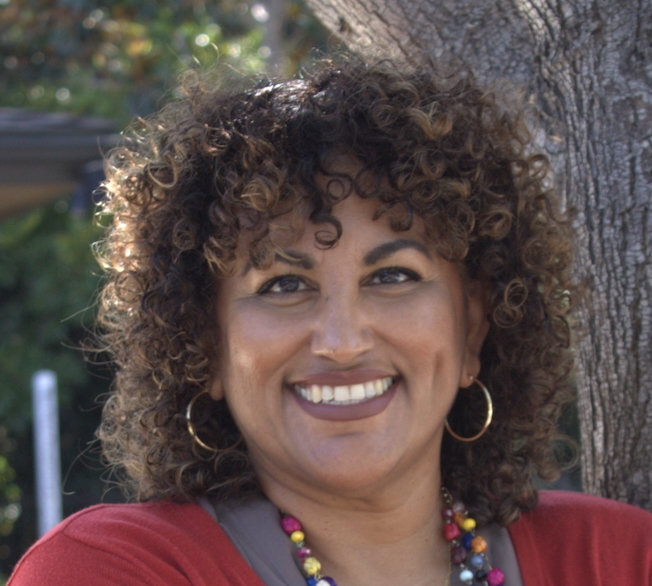
From our first breath to our final exhale, gratitude roots us in connection.
November is more than a time for cooking and shopping; it is an opportunity to reground ourselves in and gives thanks for the things that sustain us.
Gratitude and giving thanks can be both an emotion and an intentional mindset—a way of recognizing appreciation for something or someone, or even the in-between moments that shape our lives.
Gratitude All Around Us
In our Indigenous, Latino, and Black cultures, gratitude is not just a feeling—it is an act of spirituality and reverence. We give thanks to our loved ones and to the Earth herself—for the soil that feeds us, the waters that quench our thirst, the fire that heats our foods, and the air that sustains us.
Across many cultures, this reverence carries shared names.
In Lak’ech:“Tú eres mi otro yo,” or “you are my other self,” reminds us that honoring others is also honoring ourselves.
Ubuntu: “I am because we are” speaks to our shared humanity and collective care. And in the Filipino tradition of Bayanihan, communities come together in joyful unity to help one another—even lifting an entire home as one.
Each teaches that gratitude lives through reciprocity, relationship, and belonging.
In uncertain times, it can be hard to find gratitude in the mundane. But perhaps that’s when we need it most—to pause, inhale, exhale, and seek the quiet spirit that keeps us grounded and connected to something greater than ourselves.
My grandmother, Amá Toña, who passed away at 98, left our family a legacy of gratitude. The community knew her as the señora with the gorrito (knitted hat) who shared her knowledge of natural healing, a beloved neighborhood curandera who used plantitas and a little faith or prayer. She offered prayers for the simplest things—meals, health, and even the president. She couldn’t read or write, yet her spirit carried deep wisdom. She kept a Christmas tree year-round and a veladora lit daily—symbols of her reverence for life and an offering of thanks for the abundance.
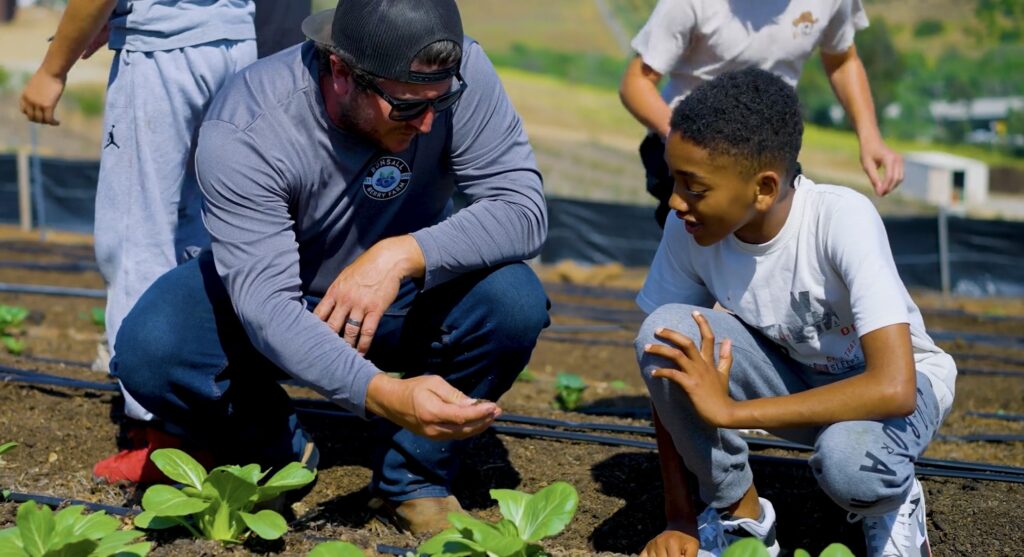
Each meal began with a long prayer naming every family member. She had so little yet lived as though she were rich in joy and generosity. Her specialized buñuelos—sweet fried bread of soft dough stretched by hand and sometimes stretched on her knee like Purépecha Indigenous women do—were golden circles of love, drizzled with piloncillo (raw sugar) syrup or sprinkled with cinnamon and sugar. She’d wrap them in recycled bags or store them in repurposed butter containers, gifting them to family, neighbors, and even strangers—tokens of appreciation and love.
That spirit of gratitude became her greatest inheritance to her beloved little ones. She wasn’t religious in the traditional sense but was deeply spiritual, never overlooking the smallest blessings.
Gratitude in Our Communities
For many families in our community, gratitude is a way of life—a ceremony, a prayer, and a way of walking gently upon the Earth. It calls us to live in reciprocity—to give back even in times of scarcity, to care for one another, and to remember we are part of a larger tapestry of life.
As I listen to members of our community, I’m reminded that gratitude is not passive. It shows up in how we serve, nurture, and create belonging with one another even in tumultuous times.
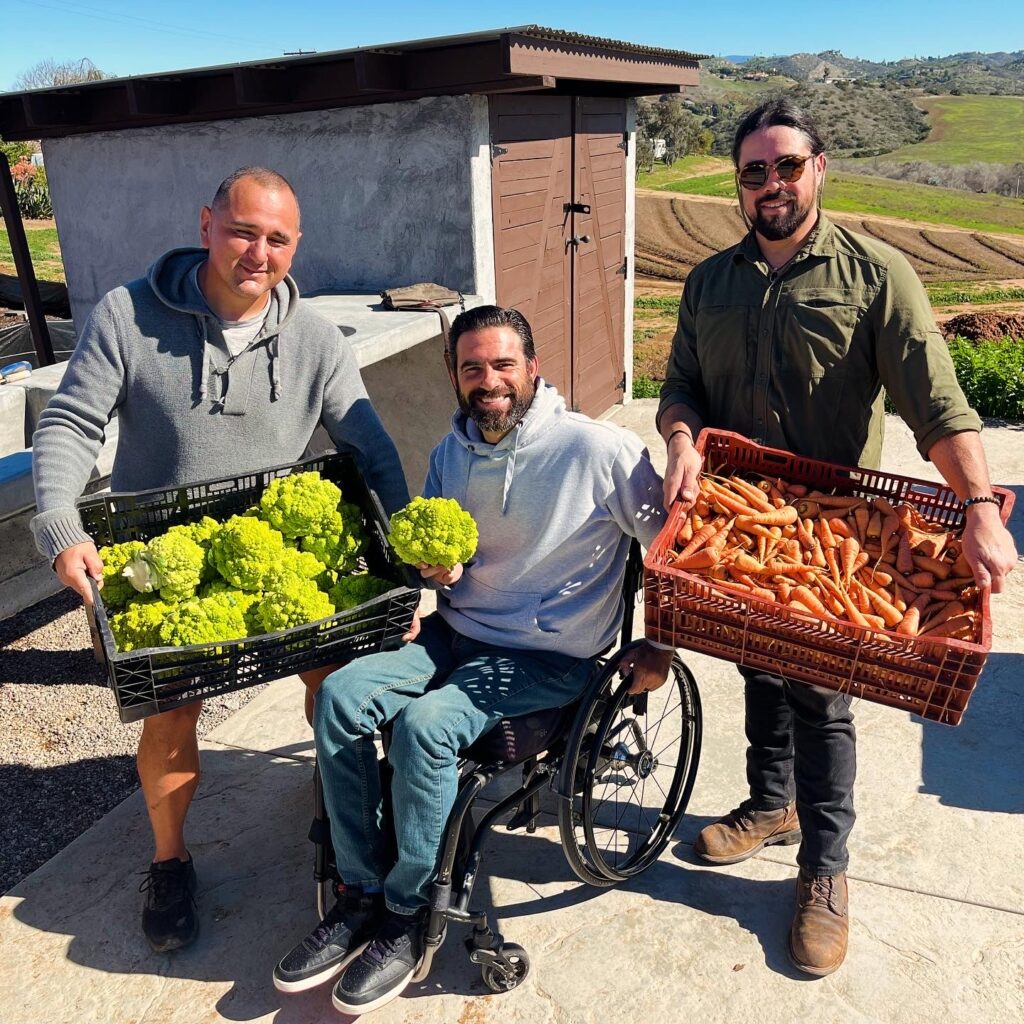
One of those voices is Mario DeMatteo, the executive director of The Agrarian Institute in Bonsall—a regenerative education farm dedicated to ending food insecurity in North County San Diego. “We started this work because we believe food and farming have the power to heal land, people, and communities,” Mario shared. “Every harvest, every tree planted, and every child learning how to nurture the soil is a reminder that abundance doesn’t come from isolation—it comes from community. Gratitude has shifted from a feeling to a daily practice.”
His words echo what my grandmother lived, that gratitude grows naturally, like a seed in good soil.
I also spoke with Courtney Torres, owner of Pure Blowout & Color Bar in Encinitas, who turns beauty into a spiritual act of gratitude. On top of being a full-time mommy and wife who is expecting her third child, Courtney is an entrepreneur! She and her husband dreamed of owning their own salon, and her dream is now fulfilled. She is a wonderful reminder for other women never to stop dreaming. When I asked her what inspired her, her response was, “I love helping people feel their best and creating a space that feels comfortable and welcoming. Gratitude is really at the heart of everything we do—both for our team and everyone who walks through our doors.”
Courtney and her husband, both stylists, took over the salon with a dream to keep its spirit alive. “I try to show my gratitude by being present, appreciating the people around me, and never taking for granted that I get to do something I love every day.”
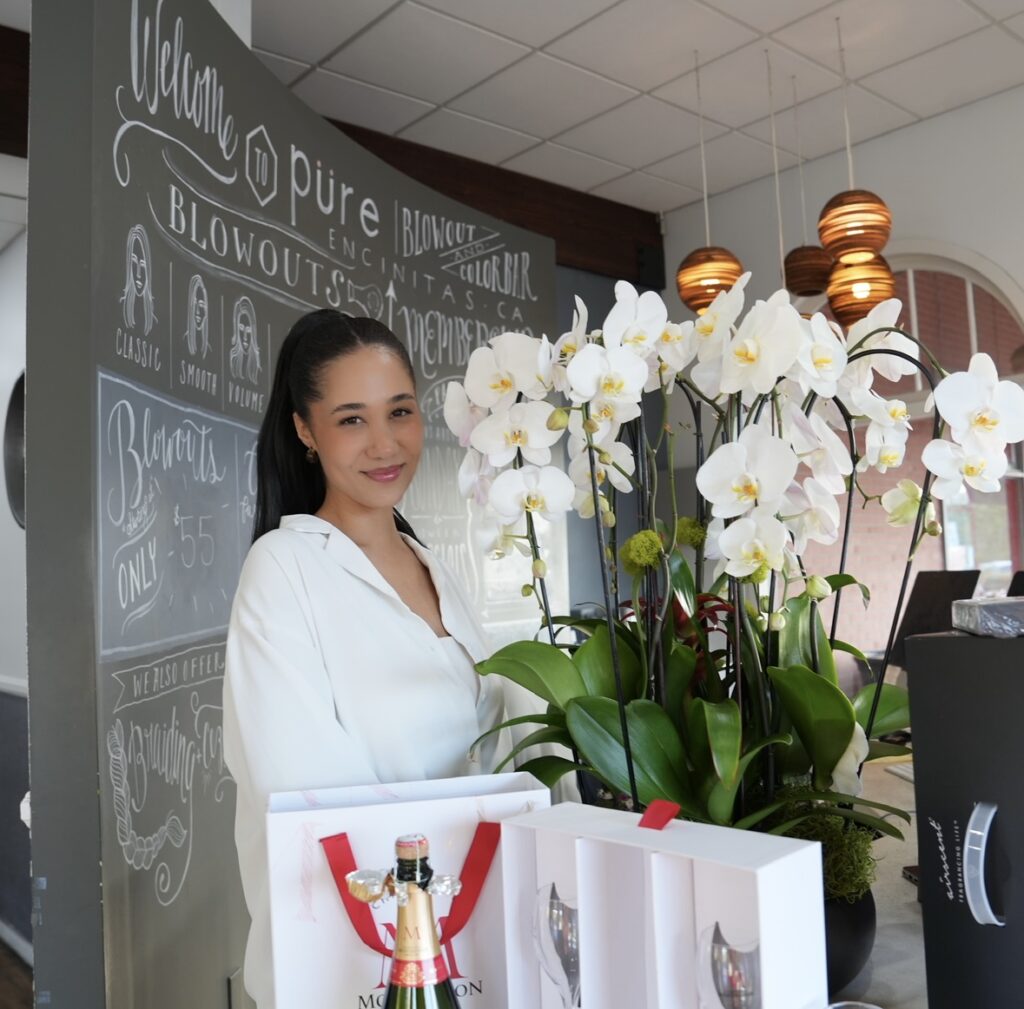
Her approach reminds us that gratitude doesn’t just live in the soil or the harvest; it lives in everyday encounters, in the care of our hands, and in the moments when we make others feel seen, beautiful, and whole.
Their stories remind us that gratitude isn’t reserved for grand gestures or special occasions but is found in daily acts of service, artistry, courage, and love—in the hands that tend the soil, the seeds, the hair, and the heart.
So, how do you express gratitude? What keeps you rooted in that spirit—your relationships, your community, or the ground that feeds you?
This season, may we all live gratitude out loud, honoring our ancestors, our Earth, and one another through small, intentional acts of kindness and reciprocity.
One way to experience gratitude is by supporting small business owners like Mario at the Agrarian Institute or Courtney at her salon, both serving a greater purpose and demonstrating gratitude in the way they do life.
Support Mario’s farm and see education and volunteer opportunities.
As my Amá Toña taught me, gratitude isn’t just something you say; it’s something you live—one prayer, one seed, one buñuelo at a time.


